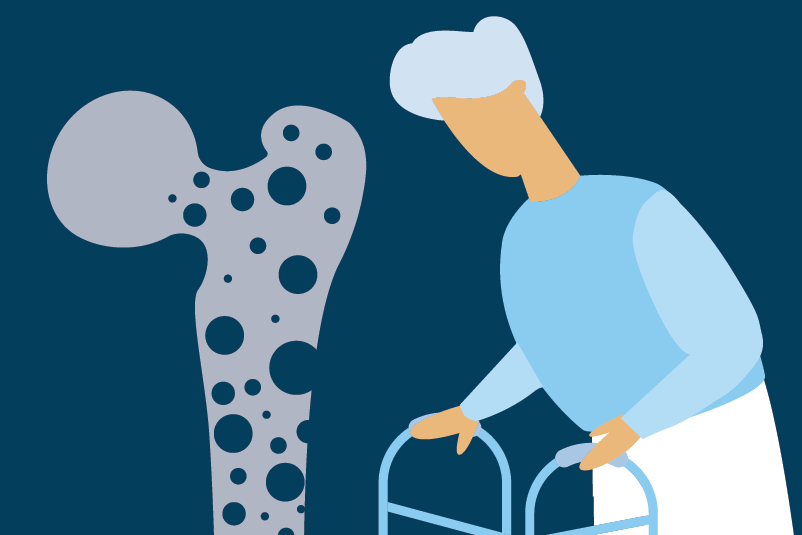#157 Flibanserin: Feeling frisky or falling over?

Reading Tools for Practice Article can earn you MainPro+ Credits
Join NowAlready a CFPCLearn Member? Log in
- Four double-blind randomized controlled trials of 1,581,1 880,2 and 1,0873 premenopausal women and 9494 postmenopausal women with Hypoactive Sexual Desire Disorder. Flibanserin (versus placebo) demonstrated:
- Statistically significant increase in “satisfying” sexual events: 0.4-1/28 days.3,4
- No increase daily sexual desire.1,2
- Increase in Female Sexual Function Index-Desire domain:
- 0.3-0.4 on scale of 1.2-6.0.1-4
- Number Needed to Harm (NNH) for any investigator defined adverse event =5, dizziness =10-15, somnolence =10-14, nausea =13-25, fatigue =29-42.3
- US Food and Drug Administration (FDA) review (including unpublished data)5 reports NNH for any serious adverse event =250, syncope =500.
- Study limitations:
- Strict exclusion criteria (example no benzodiazepines, sleep aids, narcotics, antidepressants).1-4
- Change in primary outcome to find statistical significance.3,4
- Poor adverse events and drug interactions reporting.1,2
- FDA assessed phase 1-3 studies with 6,439 women reports safety concerns regarding hypotension, syncope, and somnolence, worsened with alcohol, oral contraceptives, and antifungals (among others).6
- Among 25 patients (23 male) given both alcohol (0.4g/kg) and flibanserin, 17% developed hypotension and/or syncope requiring intervention.6
- Following the second FDA rejection, an advocacy campaign entitled “Even the Score” (sponsored in part by flibanserin manufacturers) claimed the FDA was exhibiting gender bias by rejecting flibanserin.7,8
- FDA approved flibanserin for Hypoactive Sexual Desire Disorder on its third application, with a risk mitigation strategy including alcohol contraindication and further research.6,8,9
- Flibanserin has not yet been approved for use in Canada.






